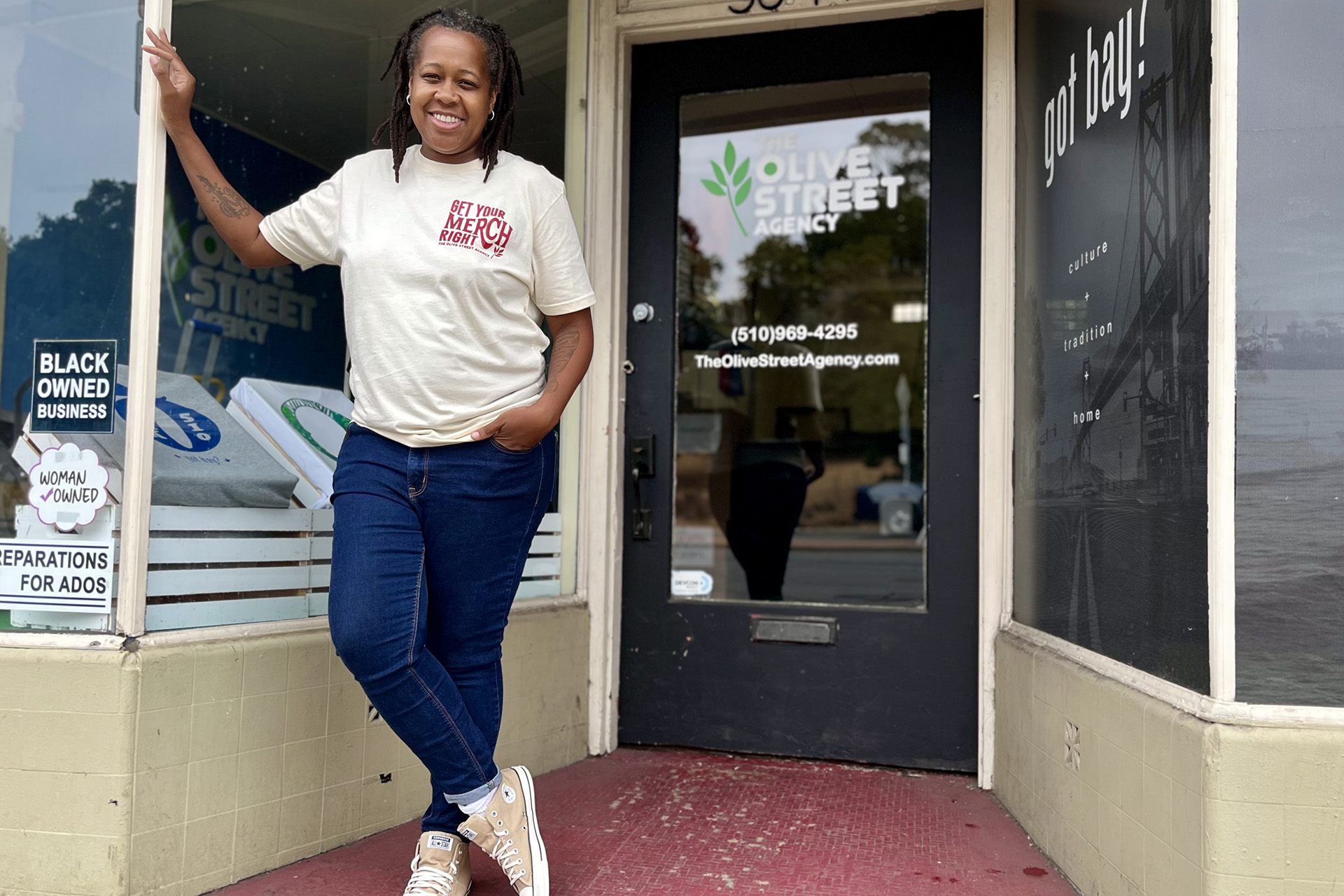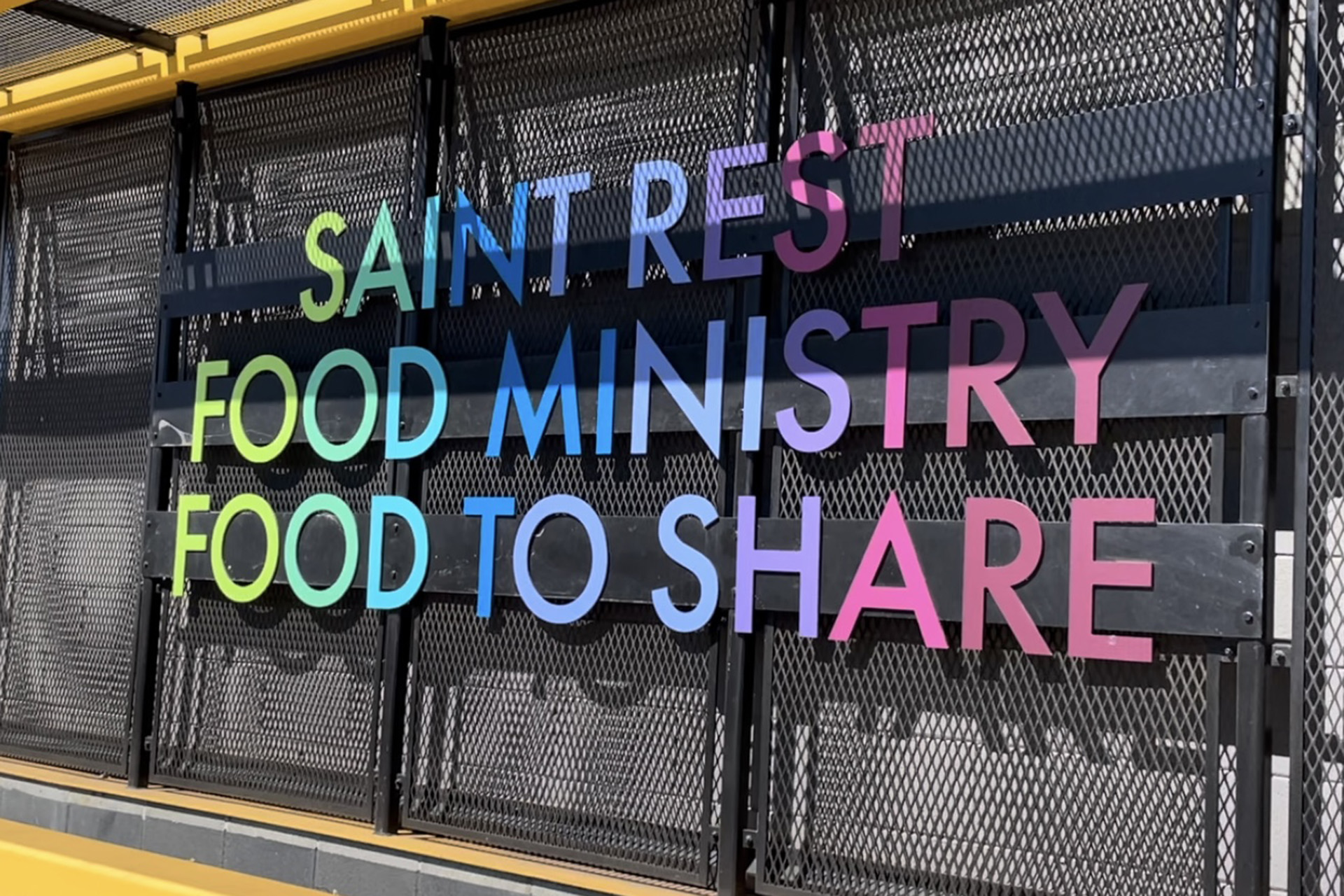There is mounting evidence that teenagers overall are experiencing more depression and suicidal thoughts, and that the neighborhood where they live makes that more likely.
“Our study findings suggest that young people in some neighborhoods are in greater distress,” said Ai Kubo, MPH, PhD, an epidemiologist and research scientist with the Kaiser Permanente Division of Research. “While our research doesn’t show exactly how those factors are connected, it’s important to understand the risk factors so we can do more prevention on the individual as well as the policy level.”
In a study published last month, researchers looked at mental health screenings of nearly 35,000 Kaiser Permanente Northern California members ages 12 to 16. The study included teen wellness visits between 2017 and 2021, a time span before and during the COVID-19 pandemic.
“It’s important to understand the risk factors so we can do more prevention on the individual as well as the policy level.”
Ali Kubo, MPH, PhD
It found adolescents from the least privileged neighborhoods had a 37% greater risk of reporting depression and a 59% greater risk of reporting that they’ve had suicidal thoughts, compared with the adolescents living in the most privileged neighborhoods.
Link between structural racism, mental health
The authors used an established measure of neighborhood privilege that quantifies the relative concentration of white, high-income residents to Black, low-income residents in a neighborhood.
The findings are consistent with other studies showing greater distress among Black and Latino teens, particularly since the COVID-19 pandemic.
The study adds to the evidence that neighborhood privilege stemming from a history of structural racism is relevant to mental health, the authors said.
“We found a clear relationship between this measure of structural racism and teen mental health outcomes,” said lead author Julia Acker, MS, a PhD student at the University of California, Berkeley.
The greater the economic deprivation and racial segregation in a neighborhood, the greater chance that a teen would report during a medical visit depression or suicidal thoughts, the study found.
More research needed
The specific reasons for the association require more research, Acker said. “There are likely many aspects of neighborhood environments that could be contributing, and they probably interact with each other in complex ways,” she said.
Children from marginalized racial and ethnic groups are still under-represented in mental health research, so there’s still much that is unknown about the unique contributors to their mental health risk, she noted.
“Our study also highlights that we need to extend research beyond the clinical setting and think about neighborhood conditions and inequities,“ Acker added.
The study may actually underestimate the impact of structural racism on teens’ mental health because all of the study subjects have health insurance. People with lower incomes may be less likely to be insured.
“I think what we found is probably an underestimate,” Kubo said. “The problem is bigger than what we are reporting.”





This Post Has 0 Comments